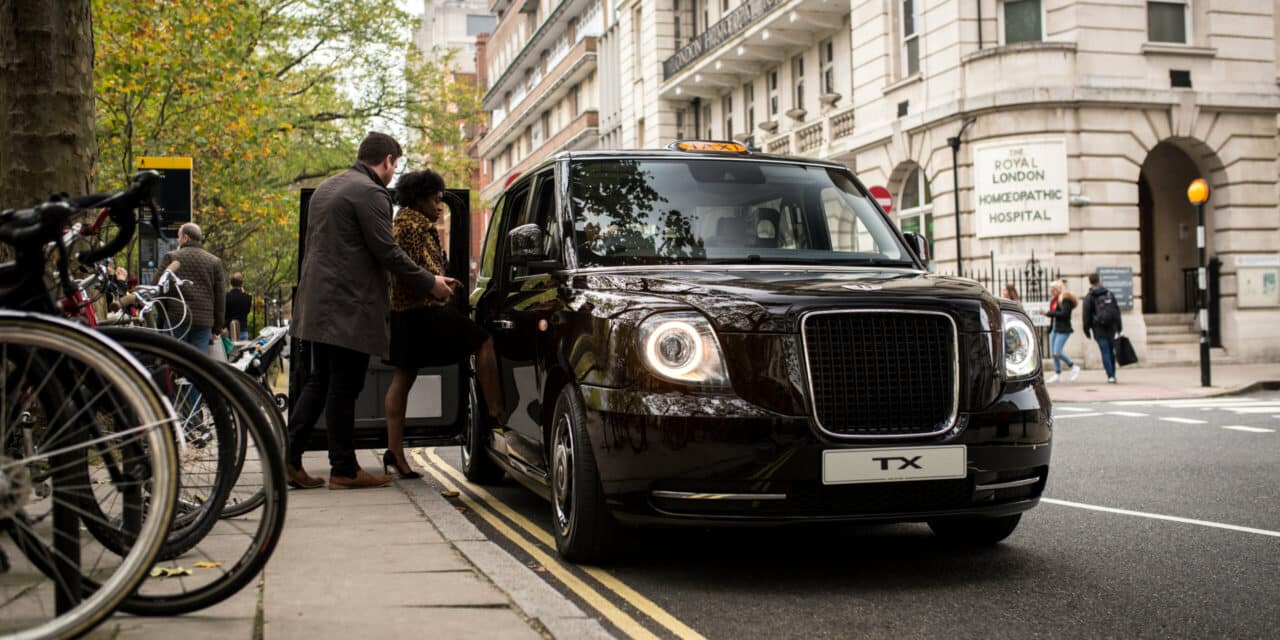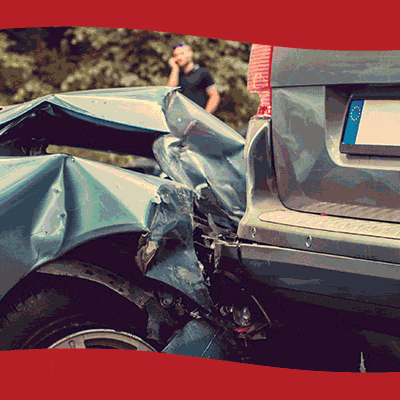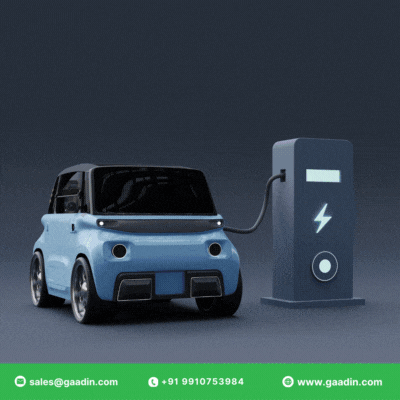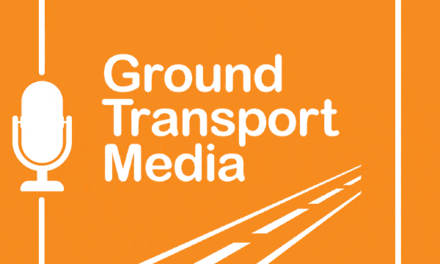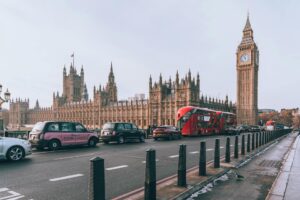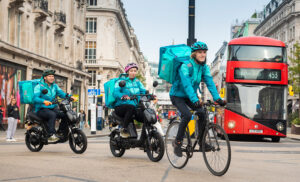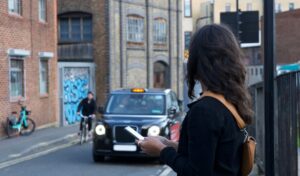We are considering increases to the fares for shorter taxi (black cab) journeys (Tariffs 1, 2 and 3) and making the fares for longer taxi journeys (Tariff 4) higher.
We are also proposing changes to the extra charge for booked taxis, the additional charge for taking a taxi from one of the taxi ranks at Heathrow Airport, and the fixed-fare shared-taxi scheme that operates during the Wimbledon Tennis Championships.
We review taxi (black cab) fares each year. The fares were last increased in 2023. You can see current fares for using a taxi on our website.
When we review black cab fares, we take a number of factors into consideration. We do this by using the Cost Index and this takes into account changes in costs for taxi drivers, and how much general earnings have changed over the past year.
Advertisement
Options for shorter journeys by taxi (Tariffs 1, 2 and 3)
When we review taxi fares and tariffs, we try to strike an appropriate balance between drivers being fairly paid and taxi users getting fair and affordable fares.
- Tariff 1 covers journeys of less than six miles made during Monday to Friday day times
- Tariff 2 covers journeys of less than six miles made during weekday evenings, and daytimes and evenings at the weekends
- Tariff 3 covers journeys made during the night
We would like to hear your views on whether we should increase taxi fares to take into account increased taxi driver costs, increased national earnings, or a combination of both. We would also like to know if you think we should not change the fares.
We have given some examples for these proposals. For example, the fare for a one mile journey on Tariff 1, based only on distance but not time, is £6.80. This would change to:
- £7.20 with Option 1
- £7.00 with Option 2
- £7.20 with Option 3
What are we proposing for longer journeys by taxi (Tariff 4)?
Tariff 4 relates to any journey, at any time of day, any day of the week, which is longer than six miles. Once six miles is reached the tariff will change from 1, 2 or 3 to Tariff 4 automatically.
We have not increased Tariff 4 for four years, and the rate for Tariff 4 is now lower than for Tariffs 2 and 3.
We are proposing making Tariff 4 the same as Tariff 2. This means that the cost of trips which are longer than six miles would increase for journeys made during the day times (Tariff 1) would stay the same for journeys made during evenings and in the daytime at weekends (Tariff 2) and decrease for journeys made during the night (Tariff 3).
Other potential changes – booked taxi extra, Heathrow extra and Wimbledon Tennis Championship fixed fares
Booked taxi extra
There is an additional charge for taxi journeys which are booked by phone, online or via an app. This is currently £2.00.
We would like to hear your views on whether you think this extra charge should be increased, and if so by how much.
Advertisement
Heathrow extra
Taxi drivers who use taxi ranks at Heathrow Airport have to use a ‘taxi feeder park’ for which the airport charges a fee. A charge is added to the fare to help drivers pay for this. Until recently Heathrow Airport charged taxi drivers £7.20 to use the feeder area, and the additional charge taxi drivers can add to the fare is currently £3.60.
As Heathrow Airport have reduced the costs of using the feeder park to £3.60, we propose reducing the additional charge taxi drivers can add to the fare to £2.00.
Wimbledon Tennis Championships fixed fare scheme
A fixed-fare scheme for people wishing to share a taxi between the Wimbledon Tennis Championships and Wimbledon and Southfields stations operates during the annual Championship fortnight.
The current cost is £2.50 per passenger. The shared taxi scheme can result in a shorter wait for a taxi to or from the station. During the most recent Wimbledon Championship it was reported that there was a lack of taxis available, especially during the evening peak for customers travelling from the tennis to the stations.
We are considering whether to increase to the fixed fare per passenger and would like your views. This could be in both directions, or in the morning or evening only.
Click here for more details about these proposed changes.
Why are we considering these changes?
It is important that taxi drivers are able to cover their operating costs and are fairly paid. This helps ensure that working as a taxi driver remains an attractive choice of career.
Taxis provide an important service, including for people who are less able to use public transport. They also provide an alternative to using a private car, which can contribute to improving congestion and air quality.
Advertisement
When we review taxi fares and tariffs we try to strike an appropriate balance between drivers being fairly paid and taxi users getting fair and affordable fares.
Taxi drivers’ operating costs have increased by 5.2%, partly as a result of increases in vehicle costs, electric/charging costs and insurance costs.
We also consider changes in average national earnings. This year, this has increased by 3.7%.
Click here to find out more background information and further details about why we are reviewing taxi fares and tariffs.
Taxicard scheme
The Taxicard scheme provides subsidised taxi journeys – usually made by black cabs – for Londoners who are mobility or visually impaired. It is managed by London Councils and funded by TfL and the London boroughs. Taxicard members pay a contribution to the cost of the trip and the remainder – up to a maximum value – is subsidised. Members are allowed a fixed number of journeys per year which they can make on their Taxicard.
These proposals could affect you if you are a Taxicard member as the costs of some journeys may increase. Depending on how you use the scheme, this may mean you cannot make as many trips using our Taxicard.
You can find more detailed information on Taxicard here.
Other considerations
We have carried out an Equality Impact Assessment (EQIA) (Link) to ensure we are carefully considering the needs of groups with protected characteristics. We are keen to hear from you if you feel you will be impacted by these proposals.
Advertisement
As well as our EQIA we also assess other factors and whether our proposals will have a positive or negative effect. These include economic and environmental impacts, for example whether increasing fares has a positive or negative impact on drivers and the public, and the impact on vehicle emissions and air quality.
You can read more about the factors we take into consideration here.

